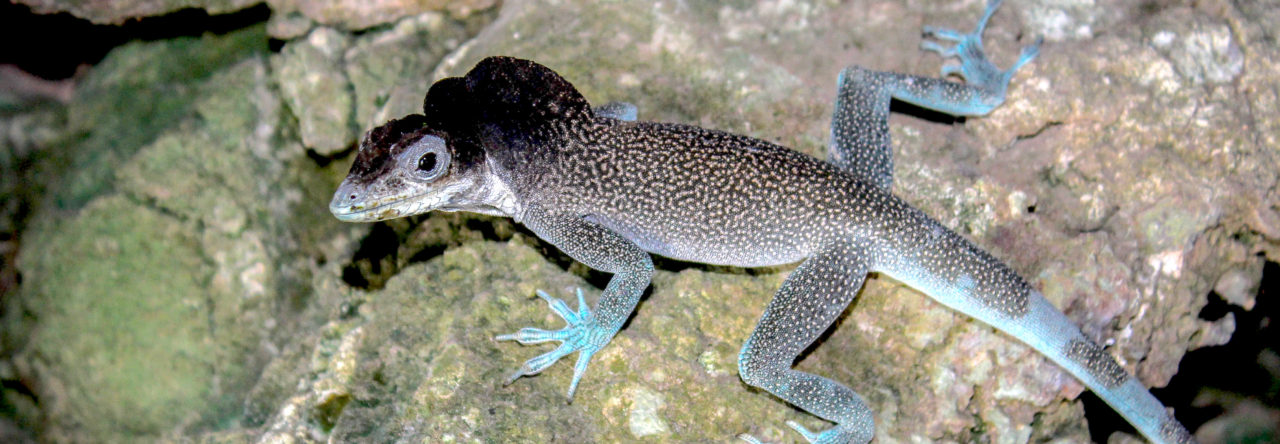
Brown anole from Dust Tracks on the Web
Darwin famously pointed out that a surfeit of cats could lead to an abundance of flowers. Janson Jones has transplanted that way of thinking to our favorite study organism, arguing that a population burst in green anoles in Florida is due to an influx of little dogs, whose ceaseless yapping and running amok has knocked brown anoles off their game, allowing the greens to proliferate. Read all about it here.
Animals and/or insects have a very weird yet amazing relationship with each other. Most of the time, a species will be wiped out without the other. When we think of our dogs, we often think about getting them the best life they can have, and we end up buying stuff from www.treehousepuppies.com or from our local pet shops. But nature does not operate that way, instead, it lets the animals and insects fend for themselves with the help of others.
And here’s what Darwin had to say:
Humble bees alone visit red clover, as other bees cannot reach the nectar. It has been suggested that moths may fertilise the clovers; but I doubt whether they could do so in the case of the red clover, from their weight not being sufficient to depress the wing petals.
Hence we may infer as highly probable that, if the whole genus of humble-bees became extinct or very rare in England, the heartsease and red clover would become very rare, or wholly disappear. The number of humble-bees in any district depends in a great measure upon the number of field-mice, which destroy their combs and nests; and Colonel Newman, who has long attended to the habits of humble-bees, believes that “more than two-thirds of them are thus destroyed all over England.”
Now the number of mice is largely dependent, as every one knows, on the number of cats; and Colonel Newman says, “Near villages and small towns I have found the nests of humble-bees more numerous than elsewhere, which I attribute to the number of cats that destroy the mice.” Hence it is quite credible that the presence of a feline animal in large numbers in a district might determine, through the intervention first of mice and then of bees, the frequency of certain flowers in that district!












